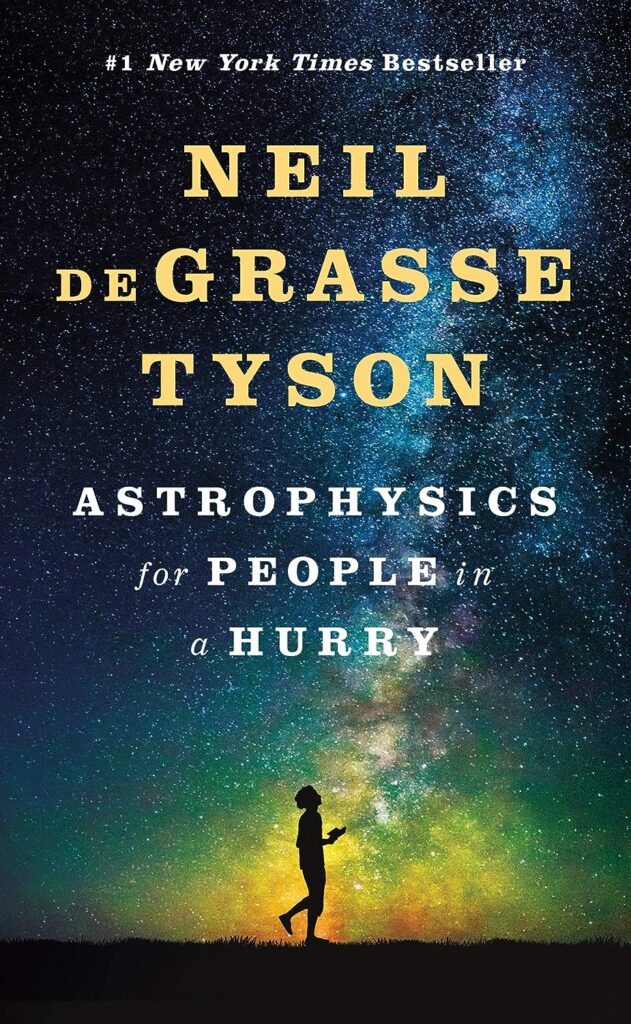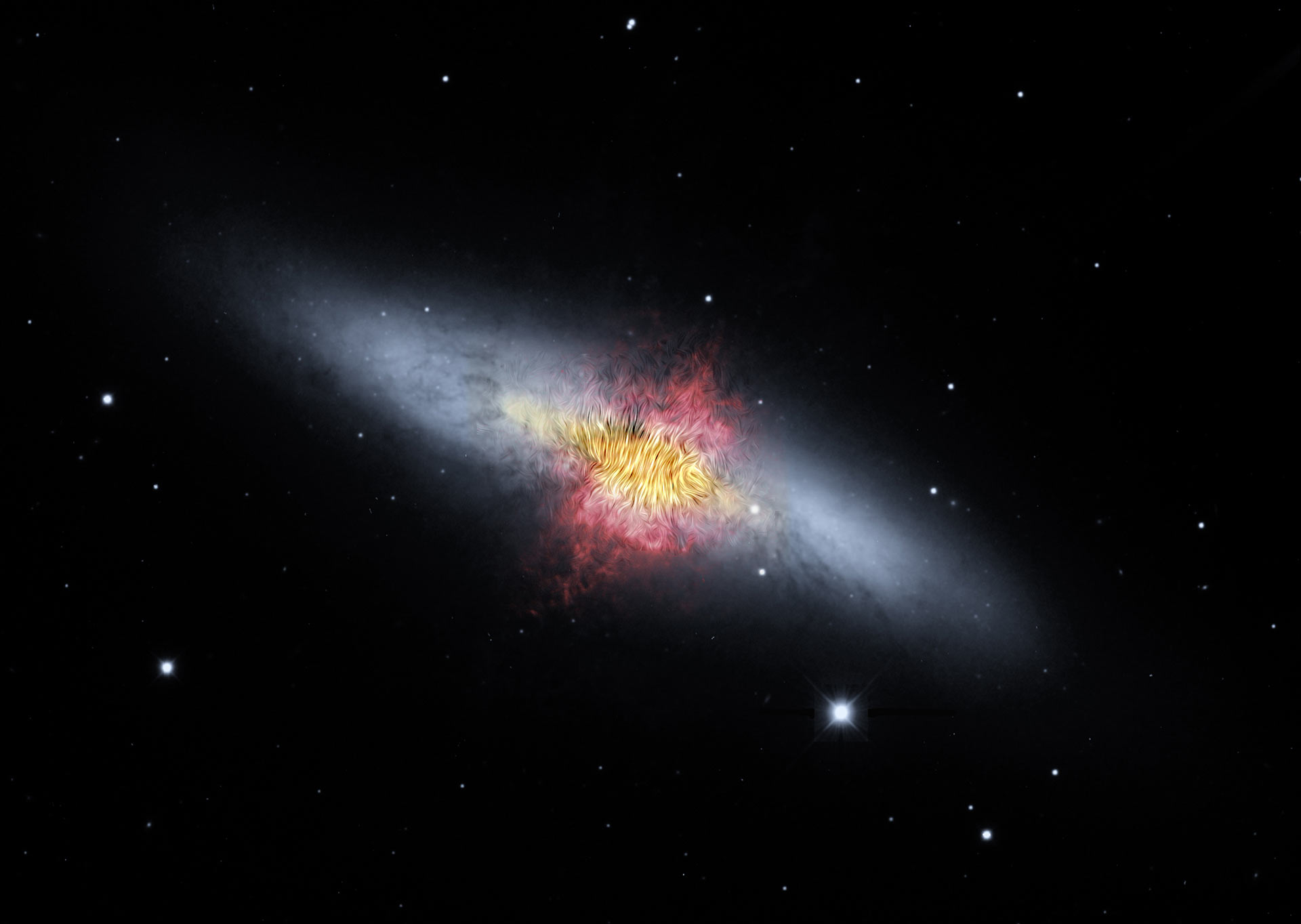In a stroke of astronomical luck, the European Space Agency’s Integral satellite captured a fleeting burst of light on November 15, 2023. This momentary flash, originating from the Messier 82 galaxy a staggering 12 million light-years distant, outshone the entire galaxy’s glow, hinting at a colossal explosion within.
The immense burst unleashed a surge of high-energy gamma rays, attracting the attention of a research team led by scientists at the University of Milan in Italy. The intensity of these gamma rays suggested a violent event on the surface of an incredibly powerful neutron star.
These stellar remnants are born from the explosive death throes of stars at least eight times more massive than our Sun. When their fuel reserves dwindle, they erupt as supernovae, leaving behind a crushed core compacted into a neutron star – an object incredibly small but harboring immense mass.
The research team’s study, published in the journal Nature on April 24, revealed a mind-boggling discovery. The magnetic field surrounding this particular neutron star was over 10,000 times stronger than those of typical neutron stars, earning it the classification of a “magnetar.” These celestial behemoths boast the most potent magnetic fields ever observed, unleashing their energy in colossal flares.
This finding sheds new light on the enigmatic nature of magnetars and their potential role in generating some of the most energetic phenomena in the universe. Further observations of this magnetar and its brethren could unlock valuable secrets about the extreme physics governing these remarkable objects.
The sheer power of magnetars is further emphasized by the fact that their magnetic fields are estimated to be a quadrillion times stronger than Earth’s. Remarkably, some magnetars can discharge, in a mere second, the equivalent of energy our Sun emits over a million years.
Despite the explosion’s fleeting existence – a mere tenth of a second – the swift response of the Integral satellite and its rapid notification of scientific teams worldwide (within just 13 seconds!) allowed for a unique opportunity. Researchers were able to train telescopes on the aftereffects of the event.
Dr. Sandro Mereghetti, the lead researcher of the study from Italy’s National Institute of Astrophysics, commented, “We instantly recognized this as a unique alert. Gamma-ray bursts typically originate from vast distances and random locations across the sky, but this one came from a galaxy relatively close by.”
Dr. Mereghetti’s team promptly redirected ground-based and space-borne telescopes towards the explosion’s point of origin. However, their search yielded no traces of visible light, X-rays, or even gravitational waves. This baffling lack of detection suggests that this signal was truly extraordinary and unlike anything previously observed.
In the past 50 years of astronomical exploration, scientists have only managed to capture three such gigantic explosions originating from magnetar neutron stars. One such event occurred in 2004, and the explosion was so powerful that it impacted Earth’s upper atmosphere, mimicking the effects of solar flares.
The rarity of these events and the exceptional characteristics of the 2023 Messier 82 magnetar outburst underscore the profound mysteries surrounding these enigmatic celestial objects.
Continued exploration and advancements in astronomical instrumentation hold the potential to unlock further secrets about the extraordinary phenomena associated with magnetars and their profound implications for our understanding of the universe‘s most energetic processes.
Sources:
Published 24 April 2024 in Nature; A magnetar giant flare in the nearby starburst galaxy M82
Discover:

Astrophysics for People in a Hurry
$9.48 (30% off)
The essential universe, from our most celebrated and beloved astrophysicist.

